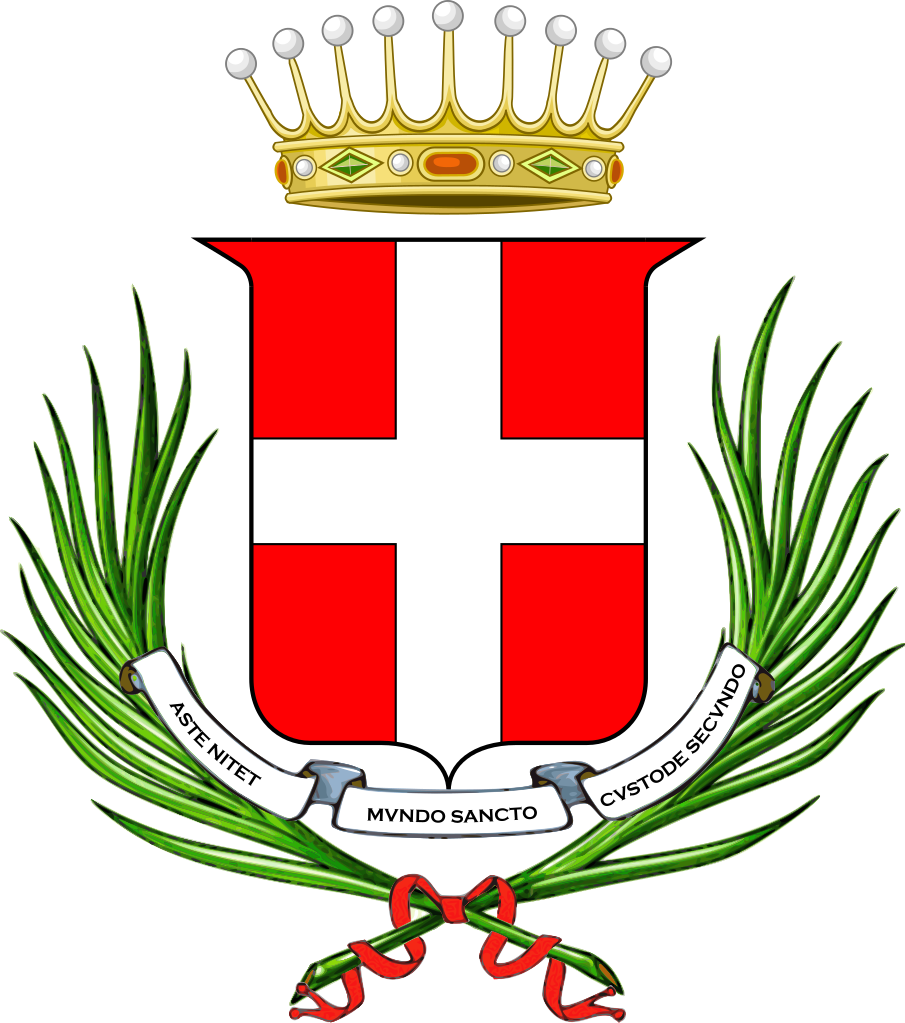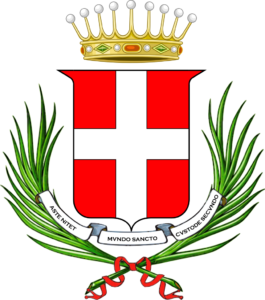
Girando di torre in torre
Medieval route
Among Hamlets, Districts and Towers.
Let yourself be captivated by the medieval charm of Asti retracing the most evocative places of the city, which saw its heyday in the Middle Ages.
In the Middle Ages, the city prospered thanks to the flourishing commercial and banking activity of some families such as De Regibus, Roero, Troya, Malabayla, Solari, Alfieri, Falletti, Asinari, Natta and Guttuari, who left their imprint by building towers and palaces in their name, which we can still admire today. Many other buildings, both civil and religious, date back to the medieval period.
Asti was the scene of wars between Guelphs and Ghibellines and of the over one hundred towers that were built in the city, only twelve remained, almost all of which were cut off. The medieval Romanesque imprint is preponderant and can be breathed in the most varied points of the city, and is still recovered today, more alive than ever, when Asti comes to life for the events of the Palio or Asti e Mercanti.
Route details
The suggested itinerary is particularly rich, and can also be covered on foot over two days, to be able to calmly admire all the points of interest proposed in the various districts of the city.
Explore the stages
Piazza San Secondo and Collegiate Church of Saint Secundus
We depart from Piazza San Secondo, one of the main squares of Asti, where it is possible to visit the Collegiate Church of Saint Secundus (Collegiata di San Secondo), a Gothic building rebuilt on a church of the tenth century. Inside, the banners of the Palio di Asti, donated every year to the Collegiate, are preserved.
Piazza Statuto and Guttuari Tower
Taking Via Cavour, between Piazza San Secondo and Piazza Statuto, you can see the Ancient Courts’ Palace, the ancient seat of trials in judicial disputes and most likely of prisons. On the same square, you can see the Guttuari Tower, with an adjoining palace. The Guttuari family owned several buildings overlooking the square, which was also known as Piazza delle Erbe and housed one of the city's markets. The square was also the scene of numerous armed clashes between Guelphs and Ghibellines.
Palazzo del Podestà and Comentina Tower
Going up towards Piazza San Secondo, you can reach Palazzo del Podestà, one of the best preserved medieval buildings in the area, dating back to the 13th century.
We can then reach Corso Alfieri, the main artery and heart of the center of Asti; walking along it up to Piazza Roma you will soon see the gorgeous Cometina Tower. The tower is incorporated into the structure of the twentieth-century castle and has a Ghibelline battlements and decorations of precious beauty.
Palazzo Gazelli and Church of Saint Martin
The fourth stop takes us to Palazzo Gazelli and Ponte di Lombriasco Tower, near the Church of Saint Martin, the ancient patrician residence of the Guelph family of Ponte, inserted in a baroque palace.
Fortified House of the Roero Family
A little further on in the area we can reach the fortified house of the Roero di Cortanze family and the fortified house of the Roero di Monteu family, owned by two distinct branches of the important Roero family.
De Regibus and Quartero Towers
Returning to Corso Alfieri, we see De Regibus Tower, located on the corner with Via Roero, which together with the nearby Quartero Tower (Torre Quartero, now home to the M.A.D.M.A.X Mineralogy Museum) formed the complex of the “Three Kings”.
Red Tower
We continue along Corso Alfieri until we reach the Red Tower, whose upper part, in terracotta and sandstone, is of medieval construction, in Piedmontese Romanesque style.
Palazzo Mazzola
As a seventh stop, we propose Palazzo Mazzola, seat of the Historical Archives. Built on a medieval building, the palace is Renaissance, but the historical archive preserves the most important documents of the medieval period (the oldest dates back to 947), including numerous parchments , the Codex Astensis, topographic maps, city statutes and medieval seals.
Cathedral of Saint Mary of the Assumption and Saint Gotthard
The ninth stage is dedicated to the wonderful Cathedral of Asti, and to the nearby church of Saint John with its crypt, a little further north. Between the two churches, there was once the cemetery, which turned out to be one of the most impressive necropolises in the city, with tombs of prominent figures dating back to the late Middle Ages.
Via Natta
Continuing along Via Natta, you can see Casa Palletta, the Tower and the palace of the ancient Natta family and Palazzo Asinari-Verasis. You then reach Via Giobert, which preserves examples of palaces, fortress-houses and towers of medieval construction that belonged to the families of the “Recinto dei Nobili” (Nobles’ Fence) of the Cathedral: Palazzo Della Rovere, on whose south corner there was a tower, Palazzo Strata with its tower, until you reach Palazzo Bunej, seat of the bishopric from the fifteenth century, from which two towers once stood during the period of numerous civil wars between the thirteenth and fourteenth centuries.
Troiana Tower
The penultimate stop is dedicated to Troyana Tower, in Piazza Medici in the San Secondo district. The tower is attached to the adjacent building, formerly owned by the Troya family, and was once one of the most prestigious complexes in the city. The palace, however, was partly destroyed and partly remodeled, leaving the tower as the only witness of the medieval complex to have been entirely preserved. The tower can be visited upon purchase of a ticket or Smarticket, and gives access to a spectacular view of the city and the Asti hills.
Complex of Saint Peter in Consavia
The last stop of this journey takes us to enter the hamlet of San Pietro, where we propose a visit to the Complex of Saint Peter and its wonderful Baptistery. The complex includes the Rotunda church, built between 1100 and 1300 and initially known as the Baptistery, the Valperga chapel, from the mid-15th century, the cloister and the priory house, and is also the seat of the Archaeological Museum.








